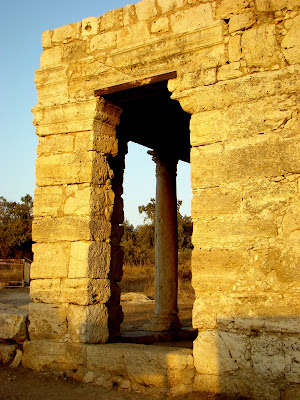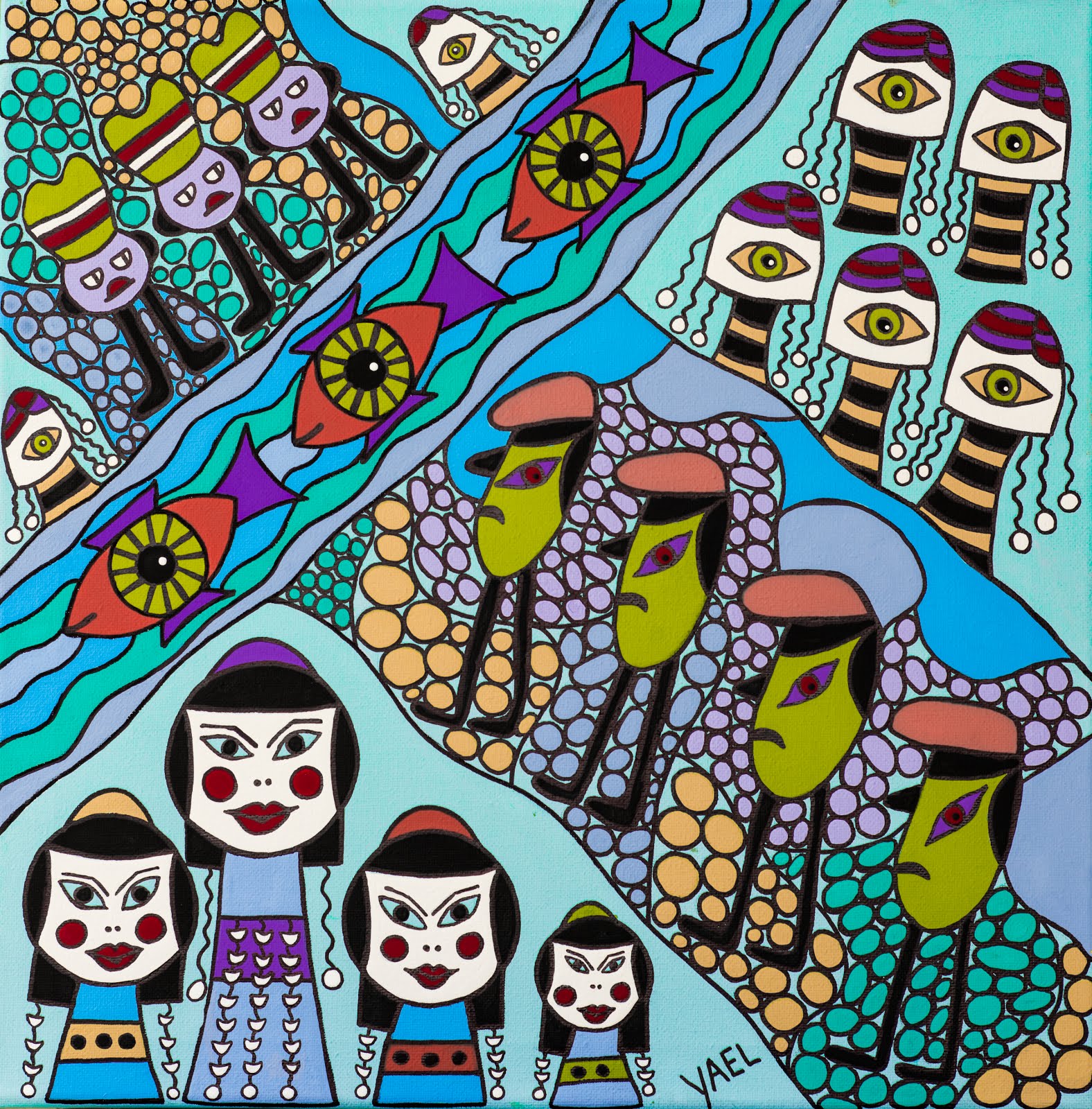I finally finished a bag I made from some crocheted granny squares. I wanted to have it photographed at a special place. This Roman Mausoleum is located very near to our home. So here you have a wonderful antique edifice and my bag adorning it! :-)
Please zoom in at the sign and you will be able to read the explanation about this site. We stopped there on our way home this afternoon and the late sun was just wonderful.
Beautiful chiseled out decoration high up on the capitals of the columns.
The columbarium.
Linen fabric, cotton print lining, two inside pockets,
15 inch x 17 inch
So wonderfully photographed by my husband, 15 inch x 17 inch
Uri Eshkar.

























































